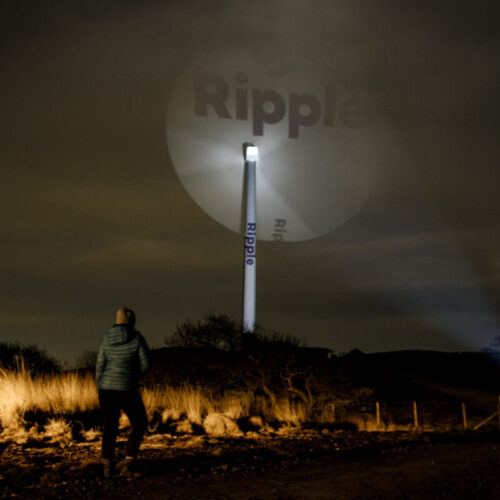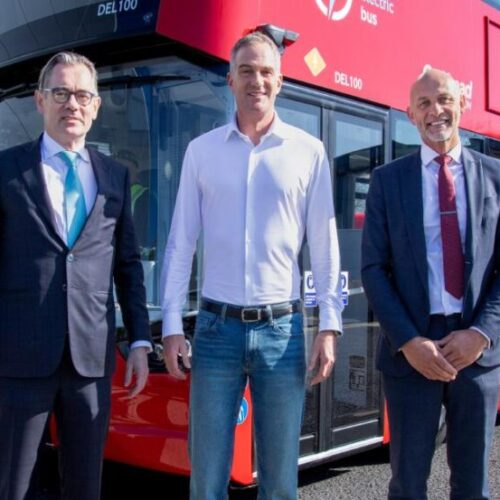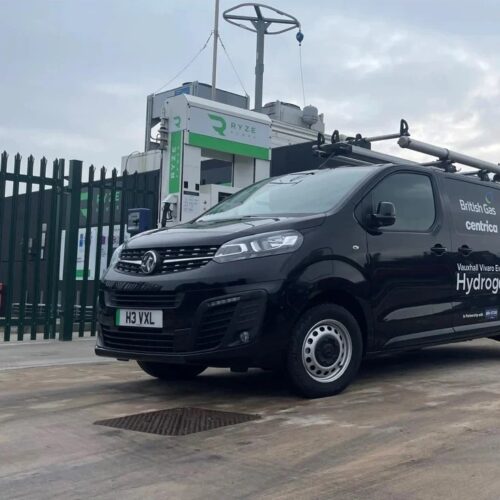Policymakers should prioritise anticipatory planning in addressing electricity grid congestion, the International Energy Agency (IEA) says.
Providing transparent data on grid capacity and connection requests has become “critical” to identifying bottlenecks as grid congestion becomes an increasing impediment to new renewable energy projects.
In its analysis, the IEA suggested that policy makers need to prioritise anticipatory planning and establish regulatory frameworks that incentivise investments in grid expansion but also in technologies that enable a better use of the existing infrastructure.
Among the solutions to help provide a better transparency on the grid’s state is the use of capacity maps, which help identify where new investments are needed and attract innovative solutions by clarifying the causes and costs of congestion.
According to the IEA, geographic information on grid capacity and potential new connections would also be useful when designing incentives for co-locating supply and demand.
An example of this would be building electric vehicle (EV) chargers near existing rooftop solar PV, which would minimise the need to transport the electricity through the distribution grid.
The IEA said leveraging flexibility from distributed resources such as rooftop PV, home batteries, or EVs is crucial for managing grid congestion.
To ensure that these flexible assets are operated to help solve grid congestion, the IEA suggests that “locational and operational price signals should reflect the situation of the local grid” as well as the national system.
A previous report from the IEA suggested the adoption of a proactive approach to grid expansion through anticipatory planning and regulatory reforms that incentivise grid investments that are aligned with a country’s energy policy priorities.
On top of expanding the grid, mitigating grid congestion can be achieved by implementing grid-enhancing technologies, improving transparency on available capacity and creating regulatory frameworks and clear price signals that open flexibility for consumers, producers and energy storage assets connected to the grid.
The full version of this article is available on PV Tech.






